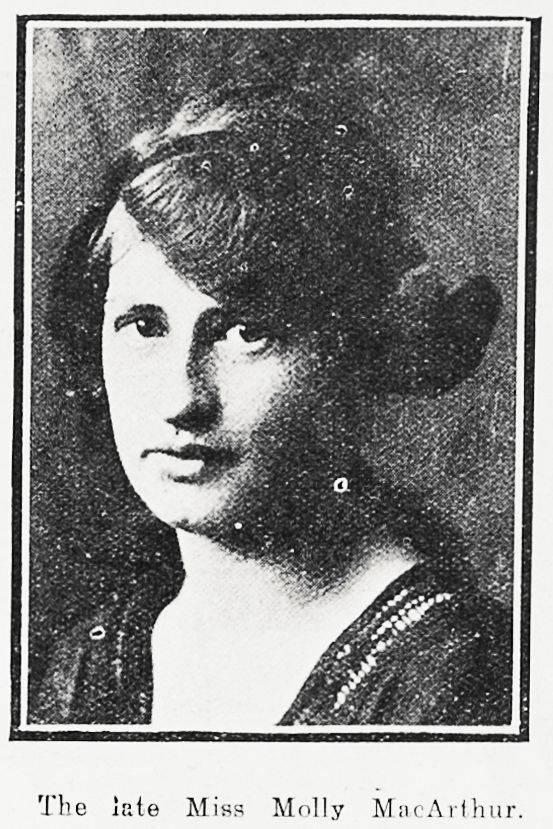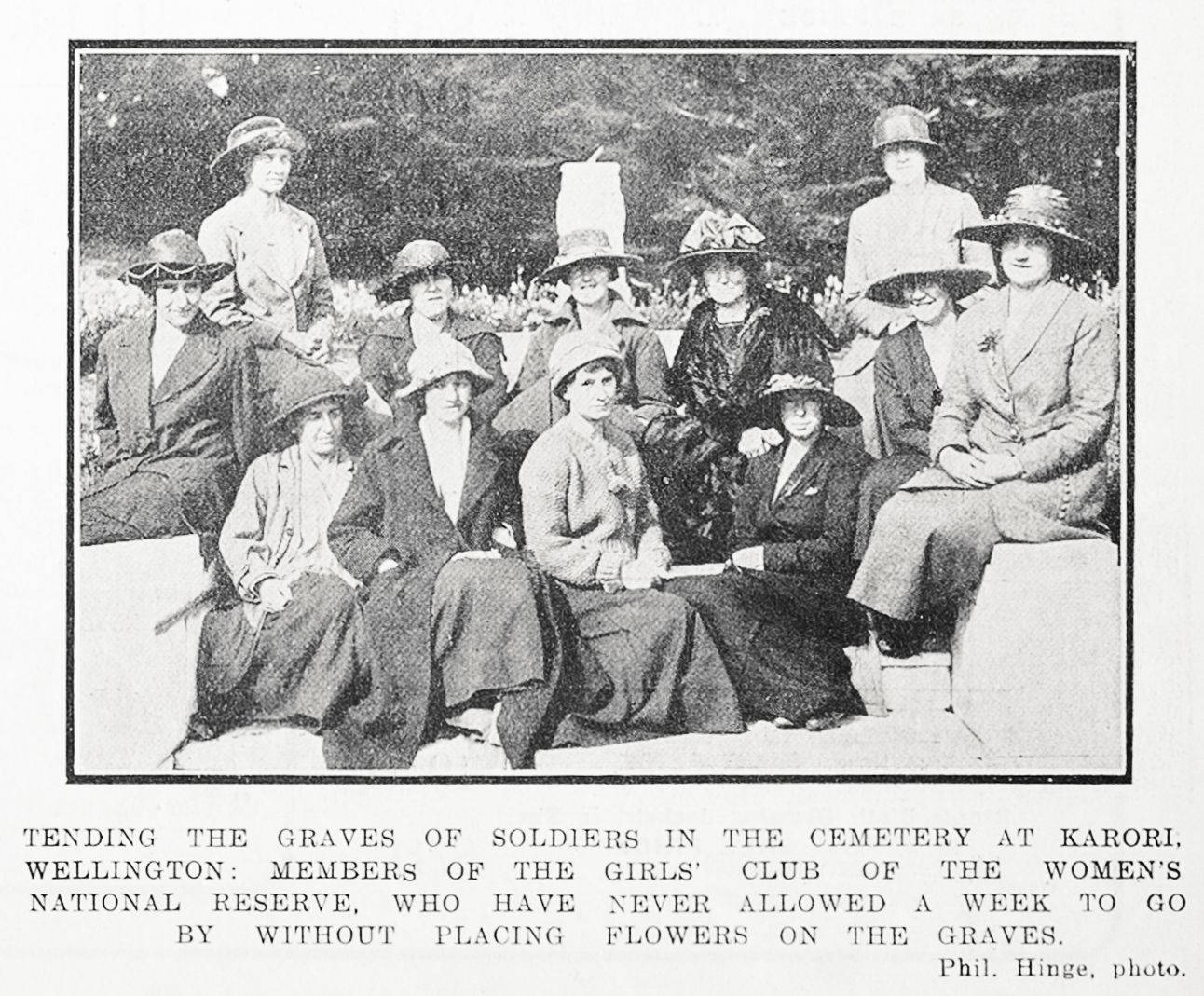To remember Armistice Day, we are sharing this photo of the Girls’ Club of the Women’s National Reserve, who as the caption describes, have not allowed a week to pass…

William Fielding
“one of those steady but undramatic designers who never sought, nor was subject to, the limelight.” William was born in Lancashire and undertook his architectural training in Manchester. He came…

John Chapman Andrew
‘he was a young New Zealander – tall, handsome, kindly, chivalrous, with some of the old world culture as an added grace – a man of whom all men spoke…

Memorial Benches
By Julia Kennedy Two marble seats add to the symmetrical layout of the original part of the Soldiers Cemetery. They were presented by the Women’s National Reserve (W.N.R) in 1920….

Memorial Kauri
On the right hand side of the original Soliders’ area is a magnificent Kauri with a bronze plaque underneath which reads: “Memorial Kauri Planted By Sir James Allen G.C.M.G, Armistice…

Mathew & Elsie Holmes
By Julia Kennedy A sundial is placed on the upper slope of the right-hand side of the original Soldiers’ section. It was a gift of Mrs Holmes (Elsie), in memory…

Elfie Williams
Elfie Clare Williams – ‘Dresden China’ By Julia Kennedy Elfie was one of thirteen children born to Thomas Coldham Williams and his wife Annie Palmer Beetham. Thomas was the oldest…

Mary MacArthur
Midnight Tragedy In Wellington Harbour The harbour collision of the steamer ‘Cobar’ and the launch ‘Mavis’ on 8th February 1924 resulted in the deaths of Mary Burden MacArthur and Daphne…

Aplin Family
Tony who is one of our fabulous volunteers uncovered this dear wee headstone during our working bee in September. Such a large plot for Alfred Oscar Aplin who died in…

Richmond Family
This plot caught our eye as the headstone was placed to the side rather than head of the plot, which seemed unusual, especially in a double width plot. We presumed…

